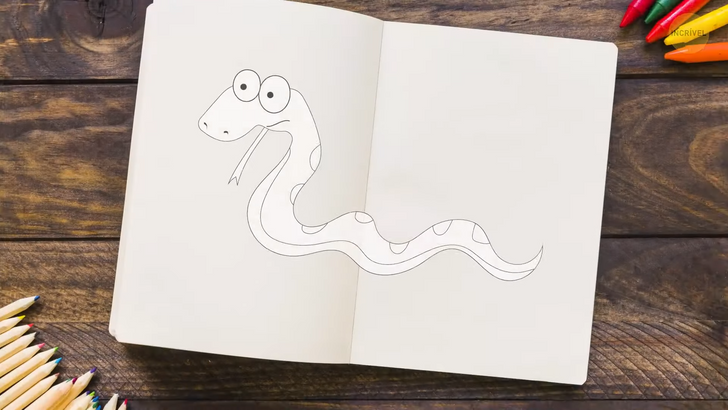And now for some breaking news: “All the snakes have suddenly disappeared.” If you saw this on the news, what do you think would happen? Well, Voldemort certainly wouldn’t be happy to hear something like this, and neither would the other members of Slytherin. Hogwarts would have 3 houses instead of 4. Parseltongue, which is the language of snakes, would become useless.
Okay, Potterheads, let’s get back to our muggle world. How would this affect us? First, let’s look at the positive side. People with ophidiophobia, which is the fear of snakes, would be very relieved. We can all agree that snakes are not exactly a favorite animal. Some snakes are venomous, and that doesn’t help save their reputation. It’s often overlooked that these animals usually prefer to back away when you encounter them. They can get defensive if threatened. But when left alone, they don’t want to mess with you. But try telling that to people with a phobia! Now they can enjoy outdoor activities like mountain climbing like everyone else. And yet, they would have other concerns in the absence of these snakes.
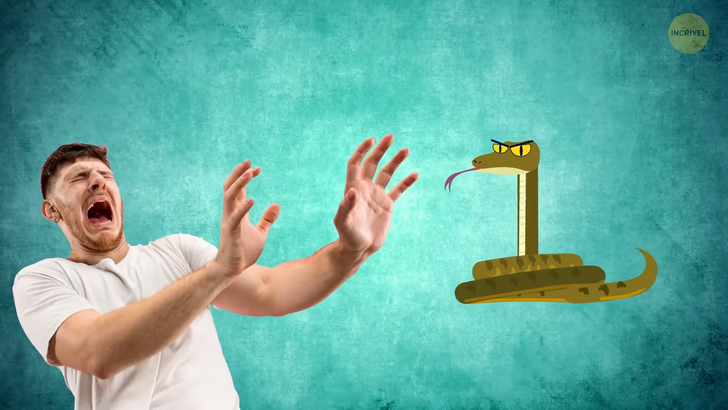
The ecosystem works like clockwork. Each species has an important role to play. If one fails, the others will be affected. Snakes are no exception to this order. They feed mainly on mice or rats and help control the populations of rodents and other small mammals. This is also important in terms of preventing the spread of disease . Think about the spread of the plague in medieval times. Eliminating all reptiles could cause a similar problem. Did you know that the bubonic plague has never completely disappeared? It has also been detected in modern times — for example, in Madagascar in 2008. So it’s good to have a few snakes around to protect us from disease outbreaks.
You see, snakes are excellent hunters. They ambush their prey using their highly developed senses to find and track their potential dinner. They are super mobile, can squeeze through crevices, climb rock faces, and swim. They can even fly. Well, sort of. “Flying snakes” can’t actually gain altitude, but they can glide. They use the speed of freefall and the contortions of their bodies to follow the air currents and rise up. Yes, they can capture their prey in many ways. If we imagine a world without them, it will lead us to another phobia.
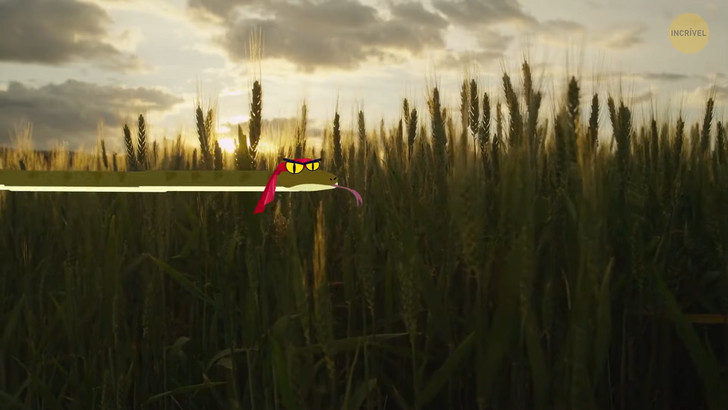
Let me introduce you to musophobia. It’s the fear of mice and rats. People with this phobia will have a hard time with all those rats roaming around, since there are no snakes to eat them. Not to mention, a single pair of rats can have a million offspring in a year. Say hello to crop damage. An overpopulation of rodents can lead to food shortages and competition for resources. Am I getting “The Hunger Games” vibes? Oh, and rats wouldn’t be our only problem. You can add insects to the list as well. Again, without snakes, they’d be having a field day.

Reptiles also play an important role in the natural environment and food chains as prey. Mongooses, eagles, and hawks would really miss snakes. Eventually, populations of large mammals would decline, which could lead to the extinction of some species.
Then there is medicine. Scientists and researchers would miss these creatures. Snake venom is key to the development of certain medicines. For example, some medications for diabetes and heart disease have been derived from snake venom. Patients who need them will also be affected.
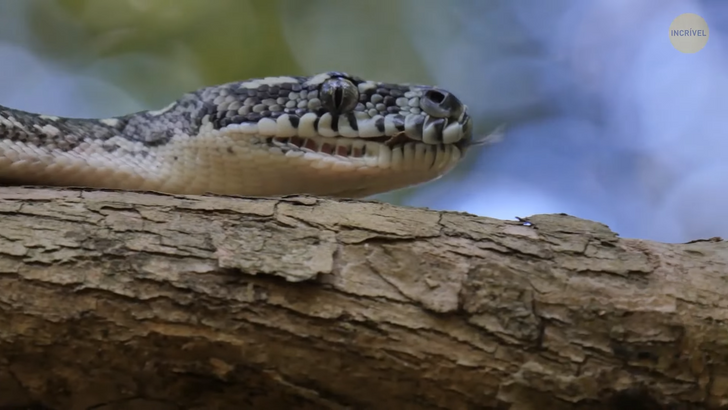
When we mention snakes and medicine, there’s another thing that comes to mind. Botox . Is it really snake venom? No, the snake venom used in skincare is not obtained from the animal itself. It turns out that this ingredient is called “Sn-ayke.” It’s a man-made ingredient that mimics the effects of the venom of the temple viper.
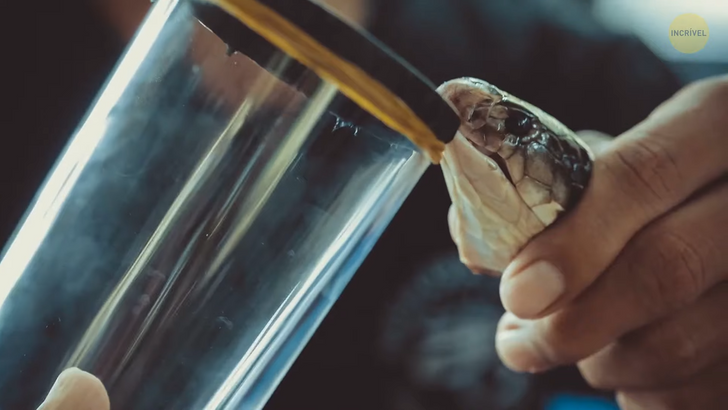
Now, let’s imagine what life would be like without snakes. Let’s start with day one. People don’t immediately notice the absence of these creatures. So, especially in cities, people would have no idea that all the snakes have disappeared. Zookeepers might start to panic. You would see some news about missing snakes in zoos. Then people in the zoo administrations would look at the security footage. They would be shocked to see that the snakes have disappeared.
After this news broke, the authorities would probably open special departments to check if there are still snakes in their country. Then, this would become a global issue. Some kind of global alliance would be formed to investigate what happened to these reptiles and what could be done about it.
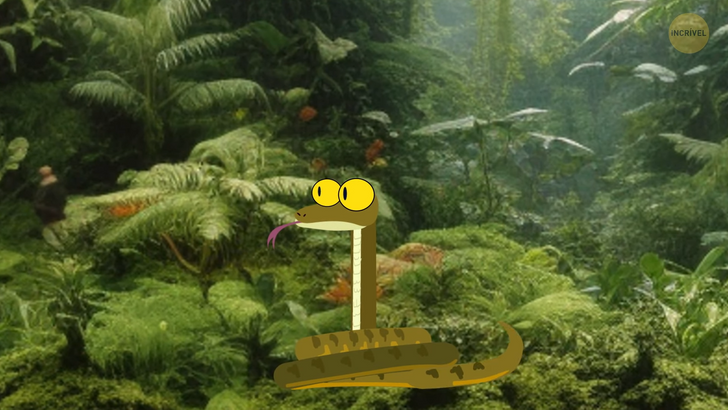
By the time authorities and people understand the gravity of the situation, ecosystems will already be starting to change. People living in urban areas may not be directly affected in the first few months. Later, they will see more rats in their homes and on the streets. Around 500,000 rats live in the London Underground tunnel network , for example. The number may vary, but many rodents live in large cities. These animals will become more visible. You will open a kitchen cupboard and, lo and behold, a rat is staring at you from behind a jar of peanut butter.
New career opportunities will open up, as the demand for living in a rat-free environment will skyrocket. Authorities could introduce new taxes to raise money to deal with this new situation. After all, they will need to provide people with safe places to live. Of course, it will not be just urban areas that will be affected by the absence of snakes. The countryside will have even more problems. Without snakes, the number of pests will increase. These animals would start destroying crops and other animals’ habitats, and farmers would be in serious trouble.

The authorities would need to support the people living there and find ways to protect the environment, which would be their top priority. Researchers and scientists would have to take on a huge responsibility. Maybe they would create artificial snakes that would be as nutritious as real snakes. That way, animals like eagles would hunt them and continue to live. What the artificial snakes would look like is a mystery—I can’t imagine them. I’ll leave that to you.
If we were to fast-forward 5 years from the first World No Snake Day, we would be looking at a completely different world. Maybe we would have a special day for it. The 5th anniversary of “World No Snakes.” The changes would be obvious, but by then, people would probably have gotten used to living in this different world. Some restaurants would have changed their menus. Goodbye to snake soup. Then there would be new museums dedicated to snakes. You could read about the history of their evolution and see their fossils. Maybe you would stop by the museum’s gift shop to buy a snake-shaped pen for your friend. Finally, we would still be looking for alternatives to snake venom in the medical field. It is indeed a relief for people who have allergic reactions to snake bites, but these animals are crucial for some studies and medicines. Therefore, researchers would still be busy trying to find alternatives that could replace snake venom.
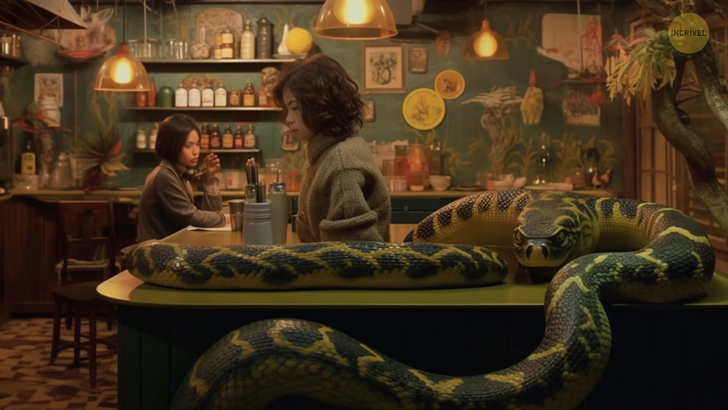
If we were to go forward 200 years in time, we would see a world where people have completely accepted that snakes are gone forever. Younger people would only know that there was an animal called a “snake” that once lived on this planet. They would learn about this animal through storybooks and videos. Coloring books would feature a cat or a dog, but no snake. Mythical creatures like Medusa and Shahmaran would become even more mystical and interesting. Oh, and we would no longer compare a sneaky person to a snake — there would be a new definition for them. We’ve survived the Ice Age, meteorites, and many other challenges, so we’ll probably find a solution. But I hope this scenario never becomes a reality! Do you have another version of how events might unfold in a world without snakes?
